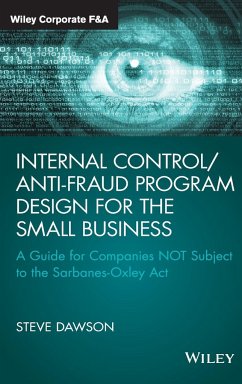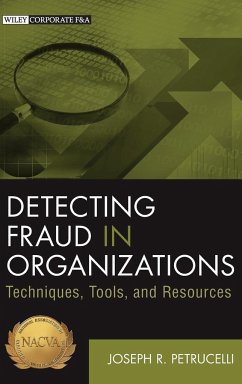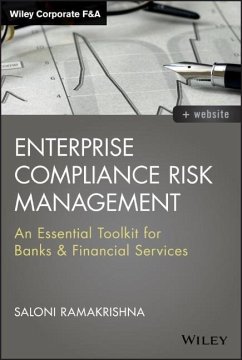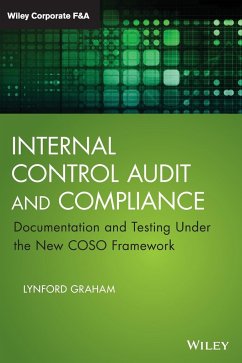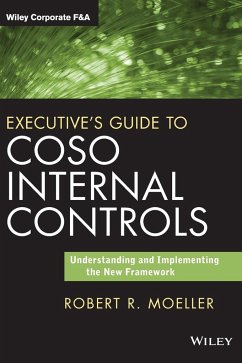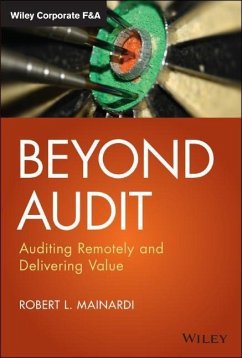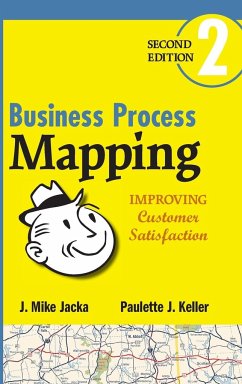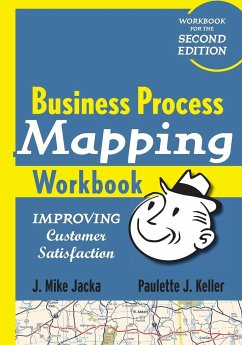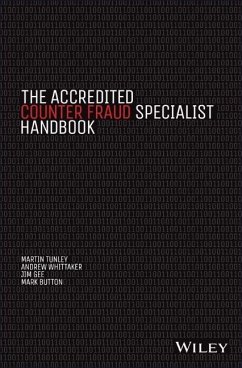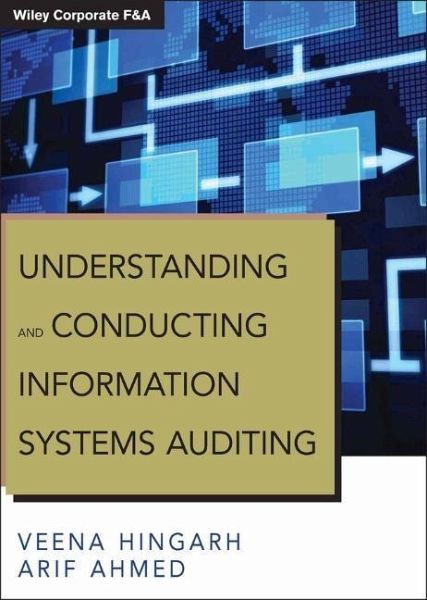
Understanding and Conducting Information Systems Auditing
Versandkostenfrei!
Versandfertig in über 4 Wochen
100,99 €
inkl. MwSt.
Weitere Ausgaben:

PAYBACK Punkte
50 °P sammeln!
A comprehensive guide to understanding and auditing modern information systemsThe increased dependence on information system resources for performing key activities within organizations has made system audits essential for ensuring the confidentiality, integrity, and availability of information system resources. One of the biggest challenges faced by auditors is the lack of a standardized approach and relevant checklist. Understanding and Conducting Information Systems Auditing brings together resources with audit tools and techniques to solve this problem.Featuring examples that are globally ...
A comprehensive guide to understanding and auditing modern information systems
The increased dependence on information system resources for performing key activities within organizations has made system audits essential for ensuring the confidentiality, integrity, and availability of information system resources. One of the biggest challenges faced by auditors is the lack of a standardized approach and relevant checklist. Understanding and Conducting Information Systems Auditing brings together resources with audit tools and techniques to solve this problem.
Featuring examples that are globally applicable and covering all major standards, the book takes a non-technical approach to the subject and presents information systems as a management tool with practical applications. It explains in detail how to conduct information systems audits and provides all the tools and checklists needed to do so. In addition, it also introduces the concept of information security grading, to help readers to implement practical changes and solutions in their organizations.
Includes everything needed to perform information systems audits
Organized into two sections--the first designed to help readers develop the understanding necessary for conducting information systems audits and the second providing checklists for audits
Features examples designed to appeal to a global audience
Taking a non-technical approach that makes it accessible to readers of all backgrounds, Understanding and Conducting Information Systems Auditing is an essential resource for anyone auditing information systems.
The increased dependence on information system resources for performing key activities within organizations has made system audits essential for ensuring the confidentiality, integrity, and availability of information system resources. One of the biggest challenges faced by auditors is the lack of a standardized approach and relevant checklist. Understanding and Conducting Information Systems Auditing brings together resources with audit tools and techniques to solve this problem.
Featuring examples that are globally applicable and covering all major standards, the book takes a non-technical approach to the subject and presents information systems as a management tool with practical applications. It explains in detail how to conduct information systems audits and provides all the tools and checklists needed to do so. In addition, it also introduces the concept of information security grading, to help readers to implement practical changes and solutions in their organizations.
Includes everything needed to perform information systems audits
Organized into two sections--the first designed to help readers develop the understanding necessary for conducting information systems audits and the second providing checklists for audits
Features examples designed to appeal to a global audience
Taking a non-technical approach that makes it accessible to readers of all backgrounds, Understanding and Conducting Information Systems Auditing is an essential resource for anyone auditing information systems.




